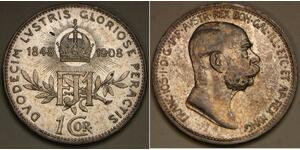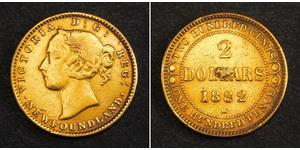(sold for $237.0)
Ceylon/Sri Lanka, Pallava influence (668-740 AD) Æ "Lion & Flower Vase" Coin.
Condition: About Fine!
Reference: Mirtchiner 813.
Denomination: Copper "Lion & Flower Vase" Unit
Period: ca. 668-740 AD (Period of Pallava influence)
Material: Bronze
Diameter: 17mm
Weight: 2.04gm
Obverse: Lion facing right.
Reverse: Flower vase with cross-like flower, between two lamps.
The Pallava kingdom began to gain both in territory and influence and were a regional power by the end of the 6th century, defeating kings of Ceylon and mainland Tamilakkam.[65] Narasimhavarman I and Paramesvaravarman I stand out for their achievements in both military and architectural spheres. Narasimhavarman II built the Shore Temple.
The Pallava dynasty existed from 275 CE to 897 CE, ruling a significant portion of the Deccan, also known as Tondaimandalam. The Pallavas played a crucial role in shaping in particular southern Indian history and heritage. The dynasty rose to prominence after the downfall of the Satavahana Empire, whom they had formerly served as feudatories.
The Pallavas became a major southern Indian power during the reign of Mahendravarman I (600–630 CE) and Narasimhavarman I (630–668 CE), and dominated the southern Telugu region and the northern parts of the Tamil region for about 600 years, until the end of the 9th century. Throughout their reign, they remained in constant conflict with both the Chalukyas of Vatapi to the north, and the Tamil kingdoms of Chola and Pandyas to their south. The Pallavas were finally defeated by the Chola ruler Aditya I in the 9th century CE.
The Pallavas are most noted for their patronage of Hindu Vaishnava temple architecture, the finest example being the Shore Temple, a UNESCO World Heritage Site in Mamallapuram. Kancheepuram served as the capital of the Pallava kingdom. The dynasty left behind magnificent sculptures and temples, and are recognized to have established the foundations of medieval southern Indian architecture, which some scholars believe the ancient Hindu treatise Manasara inspired. They developed the Pallava script, from which Grantha ultimately took form. This script eventually gave rise to several other Southeast Asian scripts such Khmer. The Chinese traveller Xuanzang visited Kanchipuram during Pallava rule and extolled their benign rule.

|
Posted by:
anonymous 2024-01-28 |
1 Corona Austria-Hungary (1867-1918) Silver Franz Joseph I ( ...
group has 25 coins / 17 prices
⇑
2 Dollar Canada Gold Victoria (1819 - 1901)
group has 39 coins / 38 prices
⇑







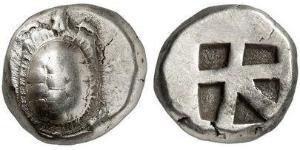
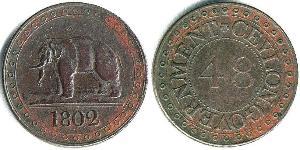

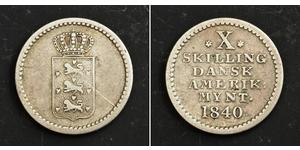

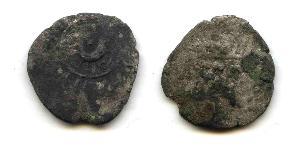

-300-150-AeIKqUpY7NEAAAFhroEy54Nz.jpg)
